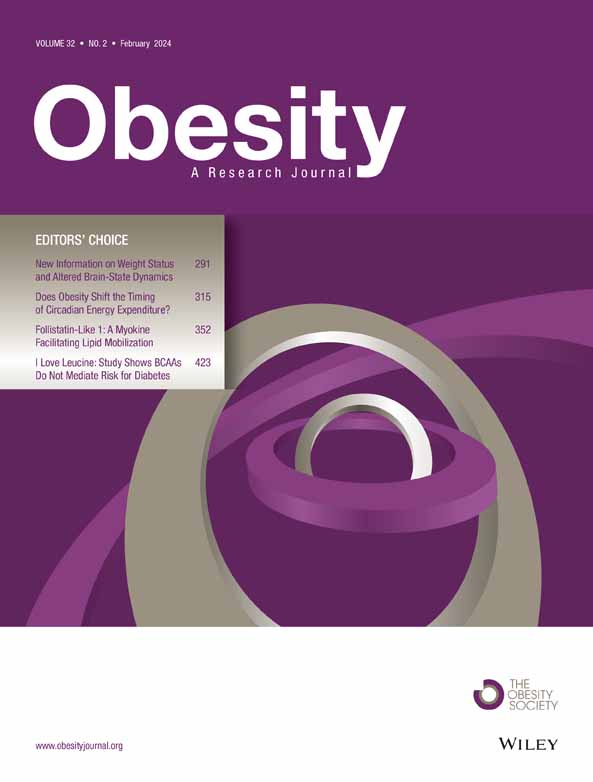Observational and genetic associations of adiposity with cardiopulmonary multimorbidity: Linear and nonlinear Mendelian randomization analysis
Abstract
Objective
Whether adiposity traits are causal risk factors for cardiopulmonary multimorbidity (CP-MM) remains largely unknown. The aim of this study was to examine the causal role of adiposity traits in the development of CP-MM.
Methods
This study involved 408,886 participants from the UK Biobank who had complete phenotypic and genetic data. Cox regression and Mendelian randomization (MR) analyses were conducted separately for observational and causal associations.
Results
During a median follow-up of 8.7 years, 1492 incident CP-MM were ascertained. In observational analysis, individuals with obesity had a hazard ratio (HR) of 1.51 (95% confidence intervals [CI]: 1.30–1.75) for developing CP-MM, compared with those with normal body mass index (BMI). Restricted cubic spline analyses showed a U-shaped relationship between continuous BMI and CP-MM (p < 0.001), whereas WHRadjBMI exhibited a linear relationship (p = 0.828). Joint analysis revealed that maintaining ideal waist–hip ratio (WHR) in adults with overweight is still effective in preventing CP-MM. In linear MR analysis, 1 kg/m2 increase in genetically predicted BMI and per 1% higher in genetically predicted WHRadjBMI was associated with 9% and 10% higher risk for incident CP-MM, respectively. Nonlinear MR analyses demonstrated linearity between genetically predicted BMI or WHRadjBMI and CP-MM.
Conclusions
Adiposity may play a causal role in CP-MM development and represent a promising approach for multimorbidity prevention.
CONFLICT OF INTEREST STATEMENT
The authors declared no conflict of interest.
Open Research
DATA AVAILABILITY STATEMENT
Data are available in a public, open-access repository. The UK Biobank data are available on application to the UK Biobank (www.ukbiobank.ac.uk/). This research has been conducted using the UK Biobank resource under Application Number 44430.





